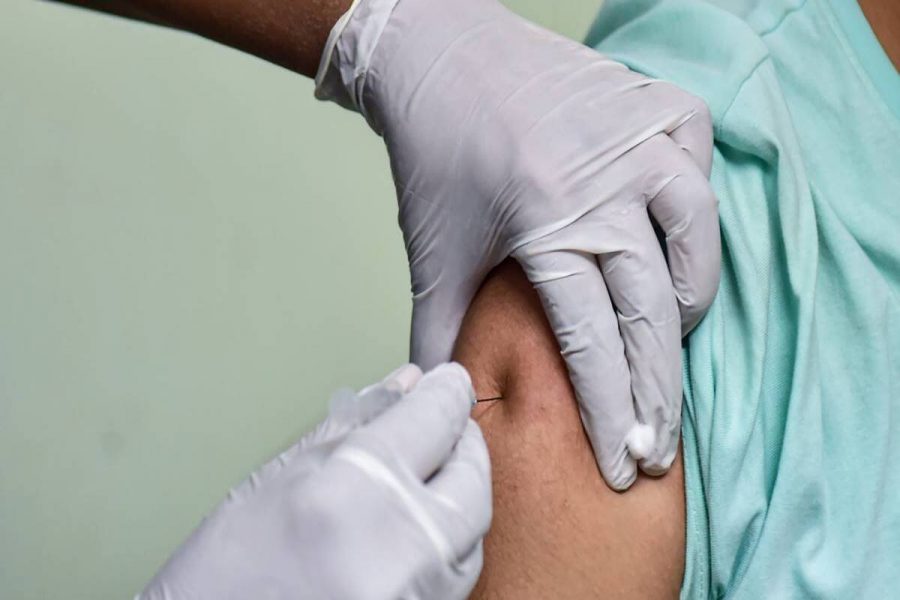
Existing vaccines cannot be used as booster shots: COVID expert body

The National Technical Advisory Group on Immunisation (NTAGI), the body that advises the government on COVID-19 vaccination, has reportedly reached a consensus that the profile of a booster shot, when introduced and administered, should be different from the first two shots of a vaccine.
Even though several countries are bracing to immunize their populations with a booster shot amid the Omicron scare, India is yet to take a decision on the same as the NTAGI is still examining the need for boosters, a prominent daily has reported. Global health experts have been recommending countries to use mRNA vaccines as booster shots.
According to the report, the body has reached a consensus that an individual who has been administered an inactivated-whole virus (Bharat Biotech’s Covaxin) or an adenoviral vector vaccine (Serum Institute’s Covishield and Russian vaccine Sputnik V), should be given a vaccine based on an entirely different platform the third time.
Also read: Why Indian scientists think boosters are essential to combat Omicron
In other words, the technical body is not in favour of administering a third dose of either Covaxin, Covishield or Sputnik V as booster shots. Also, an individual who has been vaccinated with two doses of a particular vaccine cannot be given a third shot of another vaccine. For instance, a beneficiary who has taken two Covishield jabs cannot be given a Sputnik V or Covaxin shot the third time.
In vector vaccines like Covishield and Sputnik V, the genetic material from the COVID-19 virus is inserted into a modified version of another virus. The alteration of the virus prevents the genetic material of COVID-19 from replicating as the spike proteins it produces are destroyed by the body’s antibodies and white blood cells. The same mechanism is followed by Johnson and Johnson’s COVID vaccine.
Covaxin, on the other hand, uses an inactivated virus that can infect an individual but also ask the immune system to create antibodies against an infection.
Even though the NTAGI is still mulling over the requirement of a booster shot at this moment and is yet to recommend the government on the same, when a booster shot is announced, there are quite a few candidates that beneficiaries can choose from:
Also read: Better to stay alert, Omicron could make things uncertain: WHO official
- Corbevax: Developed by Hyderabad-based Biological E, the vaccine is built on the protein sub-unit platform and uses only the antigenic parts of the virus to create immunity. While the vaccine candidate may get the drug regulator’s approval in the next couple of weeks, the Centre has reportedly stocked around 30 crore doses at an expense of ₹1,500 crore.
- Covovax: Developed by US-based Novavax, the recombinant nanoparticle protein-based vaccine is produced in India by Serum Institute of India. While SII has already received an emergency use authorisation in the Philippines for the vaccine, it is yet to get the same in India.
- Bharat Biotech has developed a needleless intranasal vaccine which is being considered as a third dose.
- Pune-based Gennova Biopharmaceuticals Limited’s mRNA vaccine candidate is also being considered as a booster shot. India’s first mRNA COVID-19 vaccine candidate, it can be stored at 2-8 degrees Celsius unlike Pfizer and Moderna’s vaccines which need colder temperatures. The company is expected to produce 6 crore doses of the vaccine.

